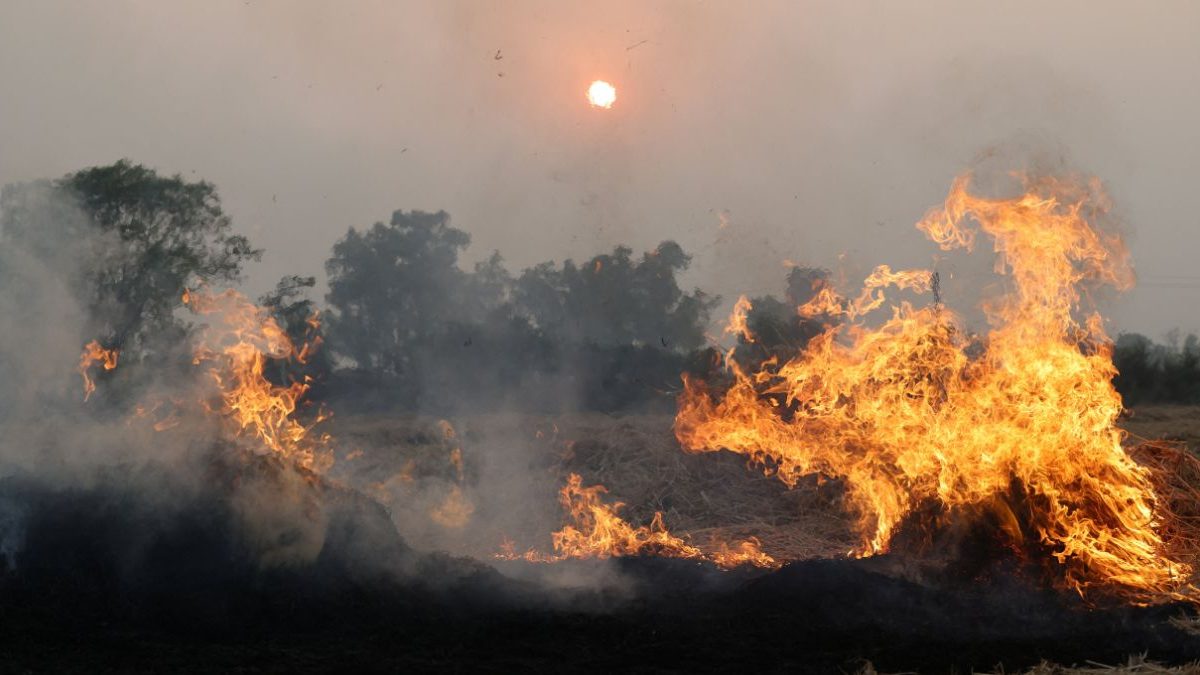In order to combat the worsening situation in Delhi, several farmers are packing off the stubble burning in the neighbouring northern state of Punjab to factories instead of lighting it. Every winter after Diwali, the national capital blankets itself in grey air becoming the most polluted cities worldwide.
With the highest level of AQI and smoke combined with vehicles, the hazardous air becomes the main cause of respiratory health problems for residents.
Recently, the government tried to adapt measures to reduce the air pollution in the form of cloud seeding and other techniques but failed to meet the expectations which was unable to reduce the AQI levels.
Farmers in over 800 villages across Punjab are now adapting to the use of balers to stack the stubble, and send it to the factories where it is turned into biogas, bio-fertiliser, and cardboard, among other commodities, according to the Confederation of Indian Industry (CII) group.
Why Stubble burning is done?
Stubble burning, is the practice exercised by farmers where they intentionally set fire and burn the stubble which is the residue that remains after grains, such as rice, and wheat.
Punjab has around 12,000 villages and stubble burning is also common in other northern states.
Founder and lead analyst at Envirocatalysts, a New Delhi-based think tank, Sunil Dahiya said, “While this has led to some reduction in stubble burning, the incentivisation and awareness of such initiatives is still limited compared to the intensity of response needed to tackle the problem in a comprehensive way.”
Quick Reads
View All“Due to stubble burning, we are exposed to smoke … It’s not an exciting activity for us, that’s why we are stocking it and sending it to boilers to be sold,” said Dalbir Singh, a 25-year-old farmer in Balwar Kalan village of Sangrur district.
‘Quickest way to clear fields’
Stubble burning has been one of the quickest ways for farmers to clear fields between rice harvesting and wheat sowing, typically in early to mid-November.
New Delhi witnessed its worst AQI level, i.e. 400, ranking in the “severe” category. Authorities promptly took steps, however were unable to curb construction.
)